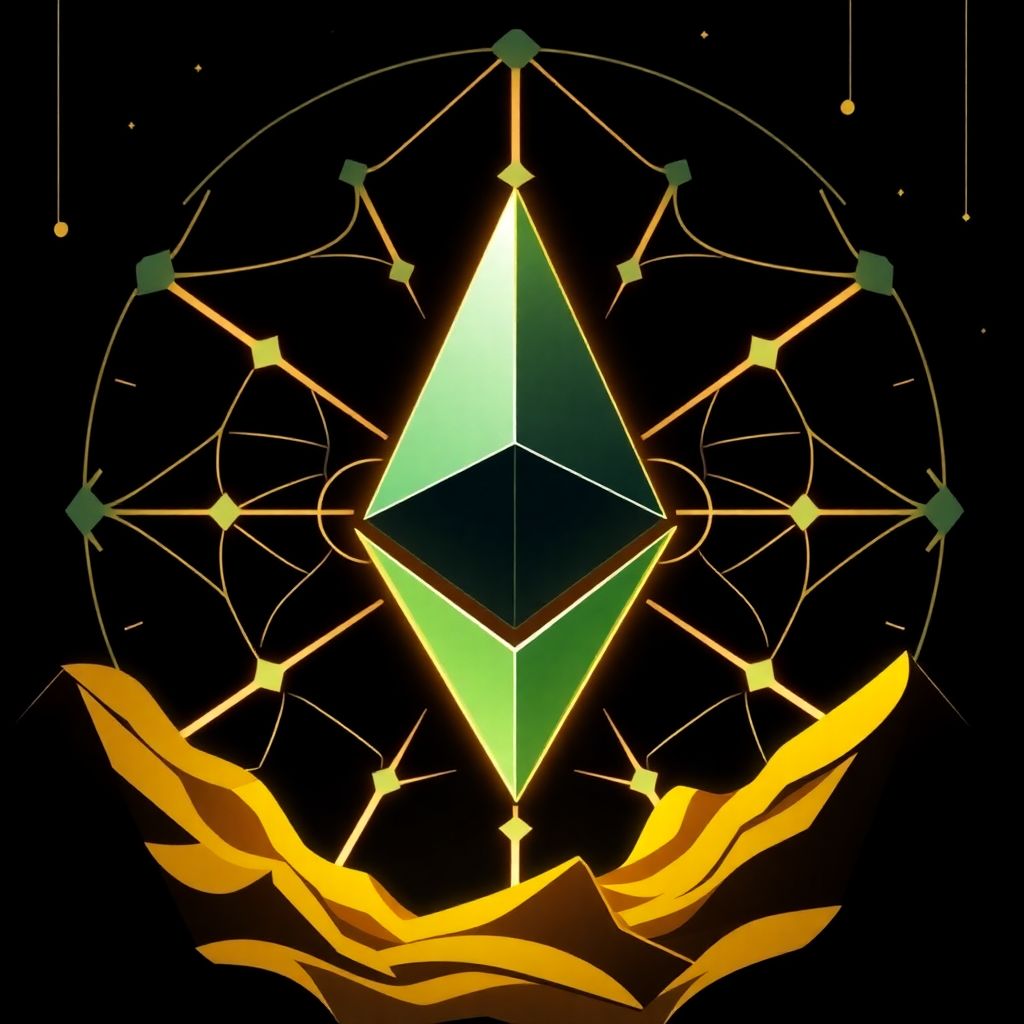Solana co-founder Anatoly Yakovenko has reignited the debate over the security and viability of Ethereum’s layer-2 (L2) scaling solutions, calling their current model “fundamentally broken.” His criticism directly contrasts with Ethereum co-founder Vitalik Buterin’s firm belief in the robustness of L2 networks, sparking a broader conversation among developers and investors regarding the true safety and sustainability of Ethereum’s scaling strategy.
L2 solutions such as Arbitrum, Base, Optimism, and Worldcoin Chain have collectively amassed over $35 billion in total value locked (TVL), a strong testament to their adoption. These networks are designed to inherit Ethereum’s base-level security while offering faster and cheaper transactions by processing data off-chain or through rollups. Buterin argues that L2s remain shielded from 51% attacks due to finality guarantees embedded in Ethereum’s main chain, and that they can grow more secure over time through protocol upgrades.
However, Yakovenko challenges this optimism. According to him, L2s remain vulnerable to the same risks that plague cross-chain bridges—despite years of development. He points to deep architectural problems that, in his view, compromise the foundational security these solutions claim to inherit. Specifically, he identifies three major flaws:
1. Overly complex codebases: The intricate design of many L2s increases the surface area for exploits and bugs, making it more difficult to audit and secure them comprehensively.
2. Multi-signature wallets and custodianship: Some L2s rely on multisig schemes to manage fund transfers, which Yakovenko argues can allow funds to be moved without user consent if the signers collude or are compromised.
3. Off-chain data processing: By moving much of the transaction validation and data handling off-chain, L2s risk reintroducing centralization, potentially undermining the decentralized ethos of Ethereum itself.
Yakovenko even proposed a novel idea: creating a dedicated bridge that would allow Ethereum to operate as a layer-2 network on top of Solana. This concept, while controversial, underscores his belief that Solana’s architecture offers a more secure and scalable foundation than Ethereum’s current L2 approach.
In response, Ethereum advocates have dismissed Yakovenko’s critiques as outdated or exaggerated. They argue that modern L2s—especially those classified as “Stage 2” rollups—are already capable of inheriting full L1 security through mechanisms like fraud proofs and validity proofs. They also emphasize that the Ethereum ecosystem continues to evolve, with frequent upgrades aimed at addressing precisely the kinds of issues Yakovenko raises.
Still, Yakovenko remains unconvinced. He insists that the fundamental issue—a lack of true cryptographic or protocol-level guarantees in many L2 implementations—has not been resolved, even after five years of active development. According to him, the reliance on social consensus, off-chain governance, and trusted parties continues to pose unacceptable risks in a decentralized environment.
This disagreement reflects broader philosophical differences between the Ethereum and Solana camps. Ethereum’s modular approach prioritizes flexibility and gradual scaling, while Solana has opted for a monolithic design that aims to maximize throughput and reduce latency directly on the base layer. While both chains have managed to grow their ecosystems and user bases significantly, these architectural decisions continue to influence their development paths and perceived strengths.
In terms of market performance, Ethereum and Solana have followed similar trends over the past year. Ethereum’s price rose approximately 15.45%, while Solana recorded a 7.39% gain. Both assets experienced mid-year rallies, followed by corrections in September and a modest recovery into late October. At the time of writing, Ethereum holds a slight lead in valuation.
Beyond the technical and philosophical arguments, the debate reveals a deeper concern: how to scale blockchain systems without sacrificing decentralization or security. As L2s become more integral to Ethereum’s infrastructure, the spotlight on their limitations will only intensify. The industry must decide whether to double down on the L2 model or explore alternative architectures, such as Solana’s high-throughput base layer, that promise to solve similar problems in fundamentally different ways.
Moreover, regulatory scrutiny is likely to increase as more value is locked in these secondary layers. If security flaws were to result in substantial losses, it could invite both legal consequences and a loss of trust in Ethereum’s broader ecosystem. That’s why these debates, while technical on the surface, have real-world implications for users, developers, and investors alike.
Yakovenko’s comments also raise another critical issue: interoperability. His proposal to bridge Ethereum into Solana’s ecosystem suggests a future where blockchains may not need to compete exclusively, but instead collaborate through cross-network solutions. However, this vision depends heavily on secure, trustless bridging infrastructure—something that has proven difficult to implement reliably so far.
In the end, the question remains: can Ethereum’s L2s evolve quickly enough to meet the growing demands of the blockchain ecosystem without compromising on the core values of decentralization and security? Or will alternative models like Solana’s more unified architecture prove more robust in the long run?
These aren’t just theoretical questions. Billions of dollars and the future of decentralized finance may hinge on the answers.

